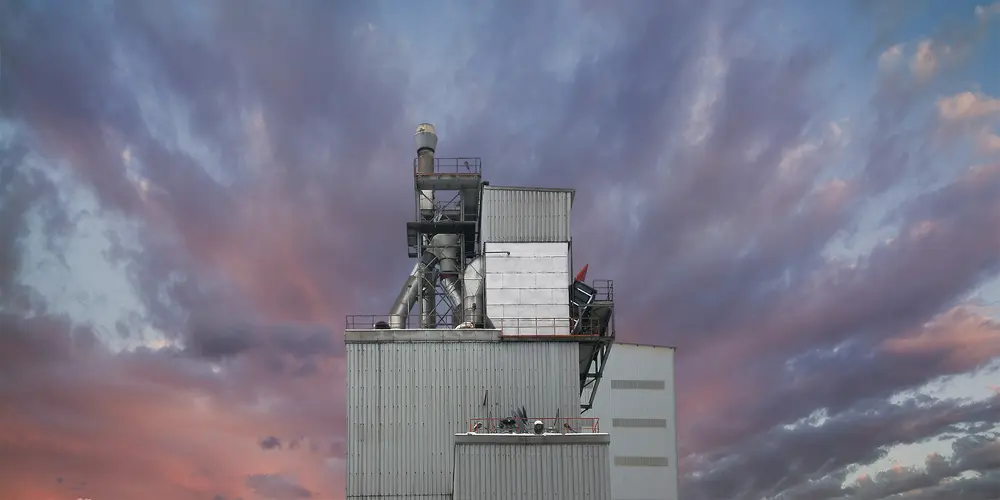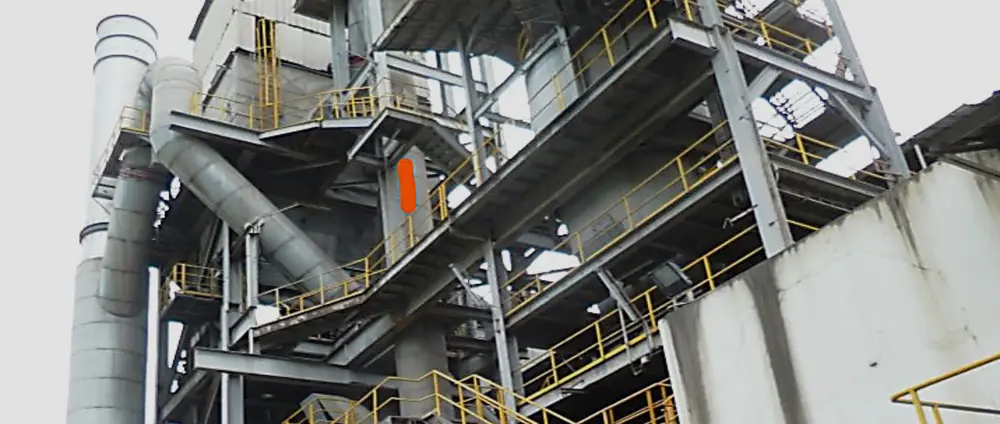Contact info
How can we help you and your business? Do not hesitate to write us: info@coalmillsafety.com
About this Site
Thank you for visiting this website.
This website has been specially developed for operators of coal (and lignite and petcoke) grinding systems for the production of cement and lime products.
You may be looking for more knowledge about the fire and explosion protection of such systems, and you will find it here.
You may want to find out how well your own system(s) is(are) protected or you may want to be well prepared for discussions with potential suppliers of a new system.
This website will not make you an expert, but knowing about what can wrong will help you prevent that new systems are protected insufficiently or incorrectly and help you stop believing that the system(s) you have to work with are safe without actually being safe.
Unfortunately, the potential for new systems to be designed not correctly protected is great. Worldwide the percentage of existing systems not correctly or incompletely protected is close to 100!
Asking CoalMillSafety✓ for assistance is a good idea both in the early stage of planning and when a system is already in operation. Should you be in doubt about the correct fire and explosion protection of your system(s), you very likely are right. As an introduction of the things we are talking about, we suggest you to watch a very informative video from our partner, Thorwesten Vent.
Coal Mill Safety offers:
- evaluation of the fire and explosion safety of systems and applied operating methods from raw fuel yard to burner feeder systems
- assistance in the early stage of purchasing coal (or lignite, or petcoke) grinding systems (tender specification)
- assistance with corrections of incorrectly designed situations
Holistic fire and explosion protection of the indirect firing1 solid fuel grinding systems of cement and lime products producers should be divided into:
- safe operation
- prevention of adverse conditions and responding to adverse conditions
- constructional explosion protection
Safe operation:
- management of the raw fuel yard that ensures that no fuel undergoing intensified oxidation is loaded on the conveyor belt(s) to the raw fuel silo(s)
- avoidance of tramp metal in the raw fuel stream
- use of correctly designed de-dusting filters at belt transition points and at the raw fuel silo’s in-feed point
- use of monitoring instrumentation for temperatures, O₂ and CO with the correct trigger points for reaction on adverse conditions and with the knowledge of the operators to correct adverse situations in place
Prevention of adverse conditions and responding to adverse conditions
- knowledge and training of the operators how to correct adverse situations
- having an effective emergency inerting system in place
Constructional explosion protection2
- having the right explosion pressure shock resistance of equipment in place
- having effective self-reclosing explosion venting of the correct capacity in place
- having effective explosion de-coupling in place3
- having effective explosion isolation in place4
CoalMillSafety✓ is a call to action to ensure the safety and well-being of those working in environments where coal milling is a critical component. To take steps toward safer coal mill systems, email us
-
Indirect firing grinding means: ground material is intermediately stored in a silo, for which it needs to be separated from the process air stream ↩︎
-
Constructional explosion protection is protection by design that will, in case of a fire or explosion, cause zero damage or damage to a pre-defined maximum degree ↩︎
-
Explosion de-coupling prevents dangerous transition of explosion effects from one system section into another section ↩︎
-
Explosion isolation completely prevents all transition of explosion effects from one system section into another section ↩︎

